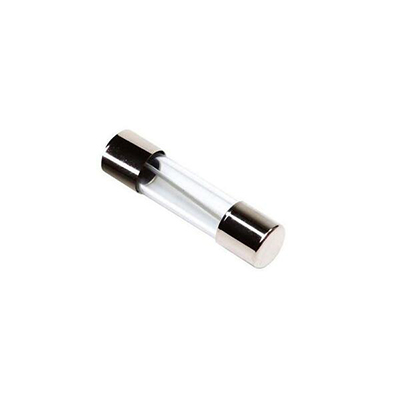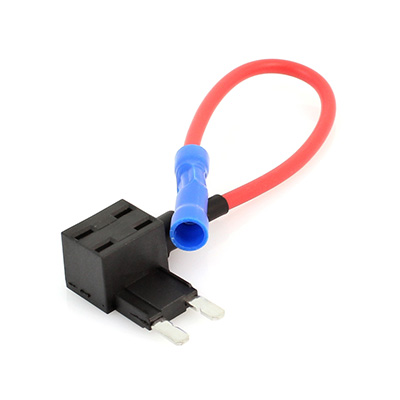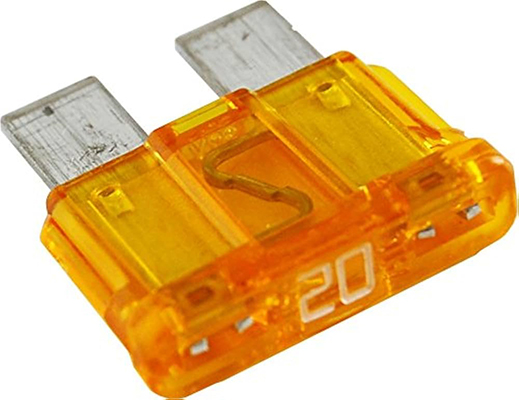The Use of State-of-the-Art Fuses in Contemporary Car Infotainment Systems to Safeguard Audio Components and Display Units Against Overcurrent
News 2025-10-24
In the rapidly advancing field of automotive electronics, car infotainment systems integrate audio, navigation, and display features that enhance driver engagement and safety. These systems rely on precise electrical components that can be susceptible to overcurrent events, such as short circuits or power surges. Current fuses serve as essential protective devices by detecting and interrupting abnormal current flows, thereby preserving the integrity of audio outputs and display screens. This protection is critical in modern vehicles, where complex infotainment setups are common, ensuring reliable performance and preventing potential failures that could lead to costly repairs or safety issues.
Application Scenarios
Fuses find extensive use in various automotive environments, particularly in infotainment systems installed in electric and hybrid vehicles. For example, in scenarios involving high-voltage batteries, fuses protect audio amplifiers from sudden current spikes during charging cycles. Additionally, in standard gasoline-powered cars, they safeguard display units against faults when integrating smartphones or other peripherals, maintaining seamless operation during daily commutes or long trips. This adaptability makes fuses indispensable in both luxury and economy models, where they handle diverse conditions like extreme temperatures or vibrations.
Performance Advantages
Modern fuses excel in providing rapid response to overcurrent situations, often activating in milliseconds to limit damage to sensitive components. Their design incorporates materials that offer high thermal stability and resistance to environmental factors, enhancing durability in the harsh under-hood conditions. Furthermore, these fuses support energy efficiency by minimizing power loss during normal operation, which contributes to better overall vehicle performance. By reducing the risk of component burnout, they extend the lifespan of infotainment systems, making them a cost-effective solution for manufacturers and consumers alike.
Frequently Asked Questions
1. What types of fuses are commonly used in car infotainment systems?
Blade and micro fuses are typical, chosen for their compact size and ability to handle specific voltage levels in modern automotive designs.
2. How do these fuses enhance the safety of audio and display elements?
They interrupt excessive current flow quickly, preventing overheating that could damage speakers or screens and potentially cause fires or electrical failures.
3. What factors should be considered when selecting a fuse for infotainment protection?
Key factors include the system’s amperage rating, environmental resilience, and compatibility with vehicle standards to ensure optimal safeguarding against faults.


